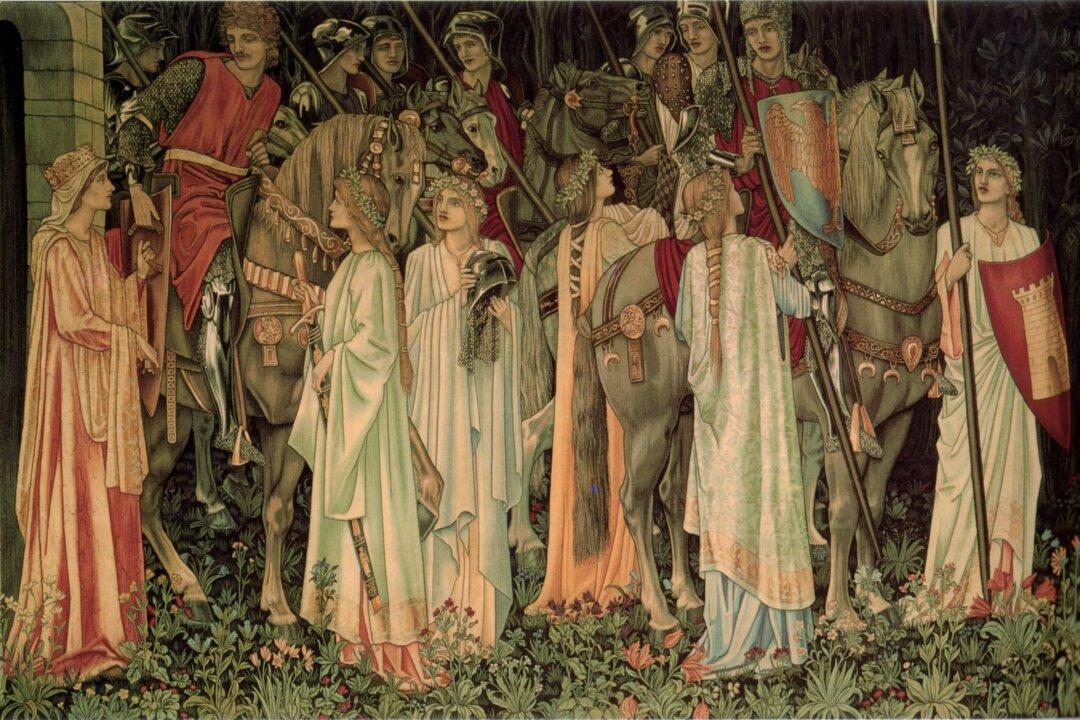The Holy Grail. What is it? Today, you can call something the Holy Grail of fill-in-the-blank. You can fill in any field here, and the Holy Grail of it means something that is very hard to find but is highly valuable in that field. Red diamonds are the rarest and may be called the Holy Grail of jewels or diamonds. The “Carolina Reaper” is now considered the hottest pepper in the world. It is relatively difficult to grow and hard to find, so we might call it the Holy Grail of peppers.
But what is the Holy Grail itself? Based on legend, it is the cup that Jesus Christ drank from during the famous Last Supper, the night before the day he was arrested and killed. It is the same Last Supper that was made into a painting by Leonardo da Vinci and has become one of the most cherished paintings in the world.






